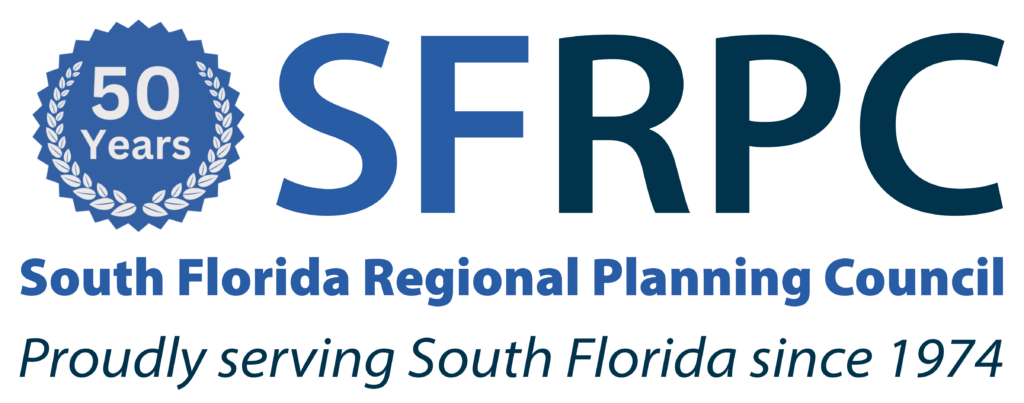
USACE announces Project Delivery Team Meeting for Biscayne Bay and Southeastern Everglades Ecosystem Restoration (BBSEER) Study
The U.S. Army Corps of Engineers Jacksonville District announces a Project Delivery Team (PDT) Meeting for the Biscayne Bay and Southeastern Everglades Ecosystem Restoration (BBSEER) Feasibility Study on April 9, 2021.
The U.S. Army Corps of Engineers (USACE) is in the planning phase for the Biscayne Bay and Southeastern Everglades Ecosystem Restoration (BBSEER) Feasibility Study, an important part of the Comprehensive Everglades Restoration Plan (CERP). The South Florida Water Management District (SFWMD) is our partner as the non-federal sponsor for this Feasibility Study.
The BBSEER Feasibility Study is focused on formulating plans to restore parts of the south Florida ecosystem in freshwater wetlands of the Southern Glades and Model Lands, the coastal wetlands and subtidal areas, including mangrove and seagrass areas, of Biscayne Bay, Biscayne National Park, Manatee Bay, Card Sound and Barnes Sound. These areas have been affected by over-drainage and by large-volume freshwater releases from canals, such as the C-111 Canal. As part of the study, the USACE will publish information in a Draft Integrated Project Implementation Report (PIR) and National Environmental Policy Act (NEPA) document.
BBSEER Virtual PDT Meeting Friday April 9, 2021
Please join the Biscayne Bay and Southeastern Everglades Restoration Project for a Virtual Project Delivery Team (PDT) Meeting on Friday, April 9, 2021, from 9:00 to 10:30 a.m.
Details: https://www.saj.usace.army.mil/BBSEER/
Meeting Instructions:
- This will be a virtual meeting. Unless you are calling in only and will not be viewing the virtual meeting, please sign in on the virtual meeting website first and, when prompted, select the audio connection “Call Me” option. This will allow the meeting to call you directly and may operate better than if you opt to dial in.
- At the beginning of the meeting, please sign in via chat and include your first and last name, agency or group affiliation if applicable, and email. PDT members should also include the PDT designation.
- Please mute your phone unless you are speaking, and do not put the call on hold.
- PDT members should provide their full name and the agency or group that they represent when speaking.
Members of the public will have an opportunity to provide comments during the specified public comment periods.
BBSEER Virtual PDT Meeting, Friday April 9, 2021, 9 to 10:30 a.m.
WebEx Login: https://usace1.webex.com/meet/April.N.Patterson
Meeting Number: 199 320 6340
Call-in toll-free number: 844-800-2712
Call-in number (ATT Audio): 669-234-1177
Access Code: 199 320 6340
TENTATIVE AGENDA
- Project objectives
- Existing conditions and Future Without (No action) conditions
- Planning/Modeling Assumptions
- Modeling strategy
- Sea Level Change strategy
- Plan Formulation strategy
- Initial Alternatives
- Schedule
To meet BBSEER objectives, this Feasibility Study will identify, consider, and assess a comprehensive list of features and operational changes. The features and operational changes may include, but are not limited to, canal plugs and backfilling, structure removal, conveyance features, stormwater treatment areas, reservoir and storage areas, seepage capture, treated wastewater, new levees or berms and controlled burns. During the study, additional measures may be added, and project locations and dimensions will be specified in the draft integrated PIR/NEPA document.
Similar to other CERP studies where multiple components are combined into one planning effort and Project Implementation Report, the BBSEER Feasibility Study will also include more than one CERP component. The BBSEER Feasibility Study will begin with six CERP components identified in the 1999 study known as the “Restudy” or “Yellow Book.” These components include:
- Biscayne Bay Coastal Wetlands
- Biscayne Bay Coastal Canals
- C-111N Canal Project
- South Miami Dade County Reuse
- West Miami Dade Reuse
- North Lake Belt
For additional information regarding the project, please visit the project webpage www.saj.usace.army.mil/BBSEER
View the Biscayne Bay and Southeastern Everglades Ecosystem Restoration Project (BBSEER) Fact Sheet at https://usace.contentdm.oclc.org/utils/getfile/collection/p16021coll11/id/4899
The Everglades ecosystem encompasses a system of diverse wetland landscapes that are hydrologically and ecologically connected across more than 200 miles from north to south, and across 18,000 square miles of southern Florida. In 2000, the U.S. Congress authorized the federal government, in partnership with the state of Florida, to embark upon a multi-decade, multi-billion dollar Comprehensive Everglades Restoration Plan (CERP) to further protect and restore the remaining Everglades ecosystem while providing for other water-related needs of the region.
Contact
561-801-5734 (cell)
Erica.A.Skolte@usace.army.mil
Release no. 21-022
